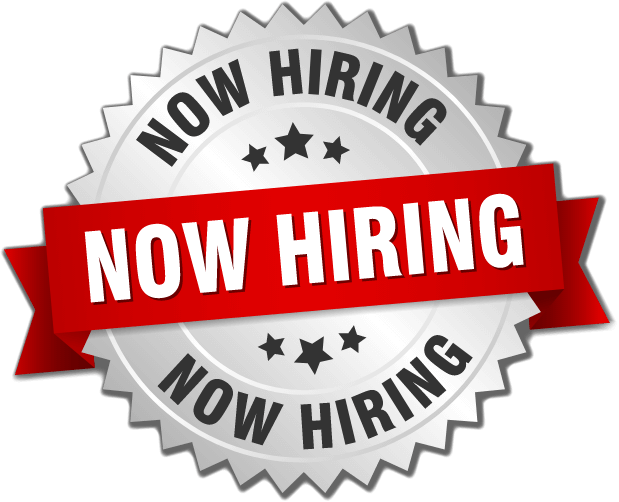It’s easy to be confused about the heating and cooling world. With so many different system types, components and purposes, most homeowners have similar questions. Douglas Cooling & Heating is here to answer your HVAC FAQs and shine needed light on these elements. Below, our NATE-certified HVAC experts have answers for some of your HVAC FAQs about heat exchangers.
What Is a Heat Exchanger?
In a furnace, the heat exchanger is an element that looks like a set of coils or metal tubes. They connect to the furnace’s burner assembly at one end, and the furnace’s vent or flue pipe at the other. The heat exchanger keeps air and gas separated through the combustion process.
What Does a Heat Exchanger Do?
Simply put, a heat exchanger transfers heat from one type of medium to another. In a furnace, the heat exchanger works to heat air. Combustion of your heating fuel occurs within the heat exchanger.
Its surface warms up due to combustion, then the blower motor pushes air over the heat exchanger, causing a temperature increase. Plainly put, without a heat exchanger, there would be no heat!
What Problems Can Occur with My Heat Exchanger?
Just like any other component of a furnace, a heat exchanger can experience malfunctions. Heat exchanger problems cause decreased furnace performance.
Because of their involvement with the combustion process, a malfunctioning heat exchanger can create a serious risk to a household’s health and safety.
A cracked heat exchanger is a serious problem. Heat exchanger cracks are an urgent repair issue. As the heat exchanger is meant to keep combustion byproducts from mixing with the air, cracks can let these dangerous contaminants out.
Carbon monoxide is one such byproduct under normal circumstances is safely vented out of the home. Unfortunately, with a cracked heat exchanger, it mixes with heated air and be transferred into your home.
As a colorless and odorless gas, this is extremely dangerous. Exposure to carbon monoxide gas can make people sick and in extreme cases, cause death.
Signs of Heat Exchanger Issues
Signs of a cracked heat exchanger include:
- Visible cracks on the heat exchanger
- Soot on the inside of the furnace
- Rust on the heat exchanger
- A burner flame that moves or flickers
- Water sitting at the furnace’s base
- The smell of formaldehyde near the furnace
- Carbon monoxide poisoning symptoms
Protecting Your Heat Exchanger
Keep your heat exchanger operating in top shape and enhance safety with proper care. We recommend an annual furnace tune-up with our NATE-certified technicians.
During your preventative maintenance furnace tune-up, our technicians inspect your heat exchanger for cracks and other damage. They can safely repair minor cracks, while extensive damage often requires replacement.
During a tune-up, our technicians also address other system issues and potential problems for your heat exchanger down the road.
Airflow obstructions in the heat exchanger, such as blocked vents or a dirty air filter, cause overheating and possibly a crack. Fixing airflow obstructions can prolong the lifespan and improve the safety of your heat exchanger.
Douglas Cooling & Heating for All Your HVAC FAQs
The heating and cooling world is full of HVAC FAQs. Douglas Cooling & Heating is happy to help answer your HVAC FAQs about heat exchangers and other systems or components. We’re available for HVAC repair, service and installations.
Call us for free estimates. We care about your health, as well as your safety and comfort. Concerned about expenses for new equipment? Don’t be – we offer finance options for your convenience. So, for more information, contact us today.


